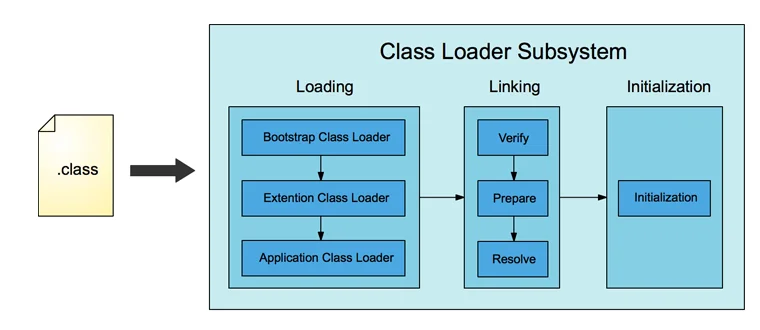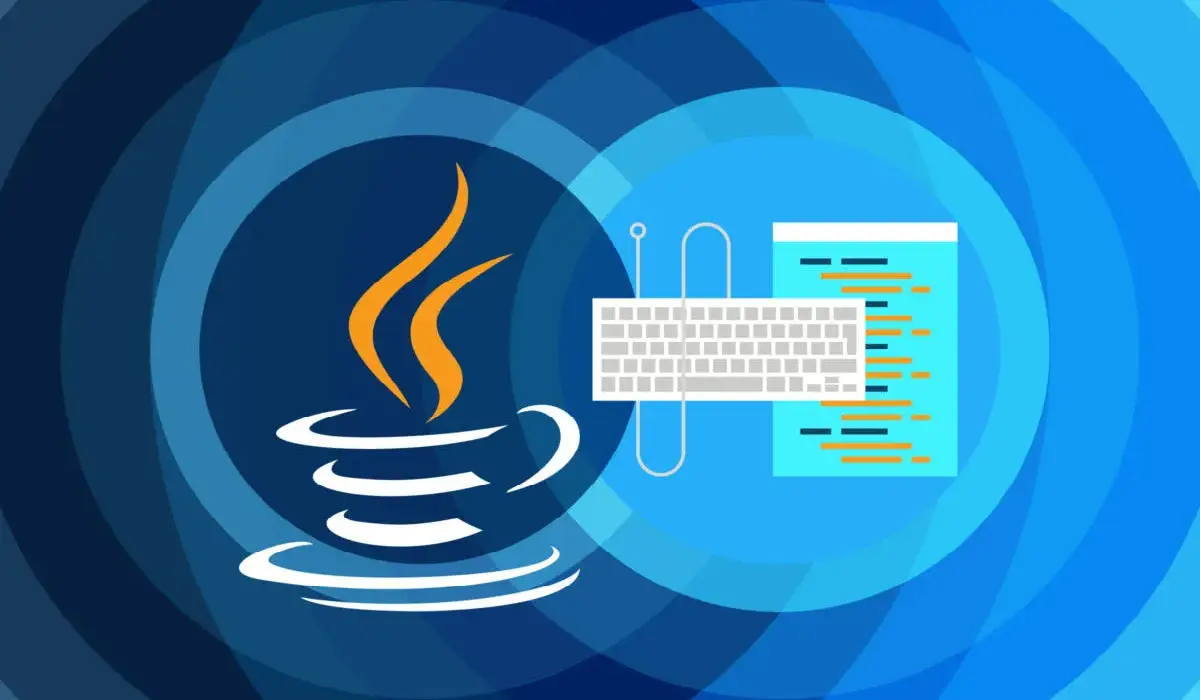In the realm of Java programming, understanding class loading mechanisms is fundamental. At the core of Java’s dynamism lies the Class Loader, a pivotal component responsible for dynamically loading classes into the Java Virtual Machine (JVM) during runtime. In this article, we delve into the intricacies of Java Class Loaders, exploring their significance, types, working principles, and practical implications.
Java Class Loaders are essential entities within the JVM responsible for loading Java classes into memory at runtime. They play a crucial role in Java’s dynamism and flexibility, enabling features such as dynamic class loading, bytecode verification, and class resolution.
Types of Class Loaders
1. Bootstrap Class Loaders
This is the first class loader to initiate during JVM startup. It loads crucial Java runtime classes located in the bootstrap classpath, typically stored in the <JAVA_HOME>/lib directory. As these classes are fundamental to the JVM’s operation, they are loaded by the Bootstrap Class Loader, written in native code, and cannot be replaced or extended by user-defined class loaders.
2. Extension Class Loader ( Platform Class Loader )
Extension Class Loaders loads classes from the standard extension directories (usually <JAVA_HOME>/lib/ext). These classes augment the Java core API with additional functionalities. The Extension Class Loader is implemented in Java and is a child of the Bootstrap Class Loader.
3. System Class Loader ( Application Class Loader )
The System Class Loader loads classes from the application classpath, specified by the CLASSPATH environment variable or the -classpath command-line option. It is responsible for loading user-defined classes and resources. The System Class Loader is also written in Java and is a child of the Extension Class Loader.
Additionally, Java supports custom class loaders, allowing developers to create their class loading mechanisms tailored to specific requirements.
Class Loading Process

1. Loading
The Class Loader receives a request to load a class. It searches for the class file in its designated locations (e.g., filesystem, network).
2. Linking
1. Bytecode Verification
The JVM verifies the loaded bytecode to ensure it adheres to Java’s security and structural constraints, mitigating potential security risks.
2. Preparation
Static variables are allocated memory space and initialized with default values.
3. Resolution
Symbolic references in the class file are replaced with direct references, ensuring proper linkage between classes.
3. Initialization
Finally, the JVM initializes the class by executing static initializers and static blocks in the order they appear in the source code.
Class Loading Hierarchies and Delegation Model
Java Class Loaders follow a hierarchical structure, where each Class Loader has a parent Class Loader, except for the Bootstrap Class Loader, which has no parent. This hierarchy facilitates the delegation model, wherein a Class Loader delegates class loading requests to its parent before attempting to load the class itself. If the parent Class Loader cannot find the class, the child Class Loader proceeds with the loading process.
This delegation model ensures that classes are loaded only once into memory, promoting efficiency and preventing duplication.
Class Loader Challenges and Best Practices
While Java Class Loaders offer immense flexibility, they also pose challenges, such as class loading conflicts, memory leaks, and security vulnerabilities. To mitigate these issues, developers should adhere to best practices:
- Isolation: Use separate class loaders for different components or modules to prevent interference and maintain encapsulation.
- Resource Management: Properly release resources and unload unnecessary classes to avoid memory leaks.
- Security Considerations: Exercise caution when loading classes from untrusted sources to prevent security breaches.
- Debugging and Monitoring: Implement logging and monitoring mechanisms to track class loading activities and diagnose issues effectively.
Java Class Loaders are indispensable components of the Java platform, enabling dynamic class loading, runtime flexibility, and extensibility. By comprehending their workings and adhering to best practices, developers can harness the full potential of Java’s dynamism while mitigating associated challenges. With a solid understanding of Java Class Loaders, developers can build robust, scalable, and secure Java applications tailored to diverse requirements.




